We are the city. We are the hustle and bustle and those endless walks amidst older buildings leaning on trees that watched our grandparents grow. We are the streets that twist and turn, widen and narrow down to small allies that bare the treasure of time. We are those old songs that get remixed and never fall out of fashion. We are the city that owns the truth and all our versions of it.

From Syria to Cairo
It is a warm afternoon late in Spring in Cairo. The time has come for Zein, a Syrian who has been living in Cairo since 2014, to take his daily 15-minute walk from his rented flat to the restaurant where he works.
Zein walks along a broken pavement in the shade of old and beautiful trees until he reaches Midan Al-Sakakini (Sakakini Square), the centrepiece of this old neighbourhood in Cairo.
The neighbourhood was named after its most distinctive landmark – the palace of Al-Sakakini Bey.
Zein has been observing the palace ever since both he and his family resided in the neighbourhood in 2015.
The palace gave Zein hope that things will one day improve. After all, it symbolized the journey of its owner from rags to riches. Like Zein, Ghaberial Habib Al-Sakakini came to Egypt from Syria in pursuit of better luck.
In the mid-19th century, Al-Sakakini arrived in Egypt where he first took menial jobs in what was to become the Suez Canal.
In a few years, however, his fortune changed, and he became a wealthy contractor who had enormous clout.
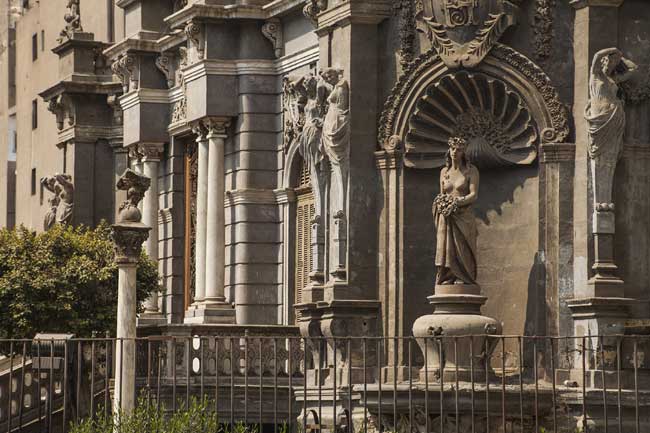
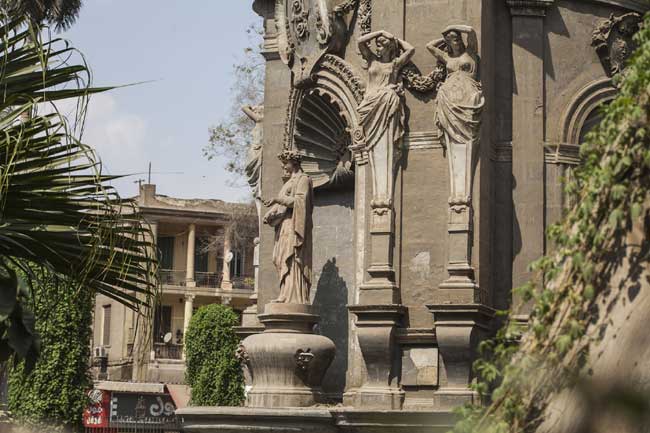
Building the palace
In 1897, Al-Sakakini had Italian architects build his palace at the heart of what was then a modern part of Cairo – El Daher. The palace turned out to be a splendid piece of Rococo Architecture, whose charm outlived Al-Sakakini.
Ahmed, an Egyptian neighbour of Zein, keeps teasing Zein about ‘that Syrian association’ of the neighbourhood.
According to Ahmed, very few Syrians first appeared in the neighbourhood in 2015. During the past four to five years, however, their numbers increased significantly.
Ahmed believes that the increase in the number of Syrians is due to their acquisition of the small stores that the Chinese owned before leaving Egypt after the outbreak of the pandemic in 2020.
He added that the Chinese had been strongly present in the neighbourhood, but following the outbreak of the COVID-19 pandemic they began to leave as a result of feeling rejected and stigmatized by the people who, on learning that the virus first appeared in China, could not dissociate it from the Chinese.
Hussein Han and his wife, Aisha Han, came to live in Al-Sakakini in 2017, shortly after they finished their studies at Al-Azhar University. They moved from Nasr City in east Cairo, where their university is located, to the neighbourhood to start a small business to generate income to help them pursue their postgraduate studies.
They chose Al-Sakakini because it was quite close to Al-Abassiya, the adjacent and much larger neighbourhood, which had a significant Chinese presence in the early years of the second decade of the 2000s.
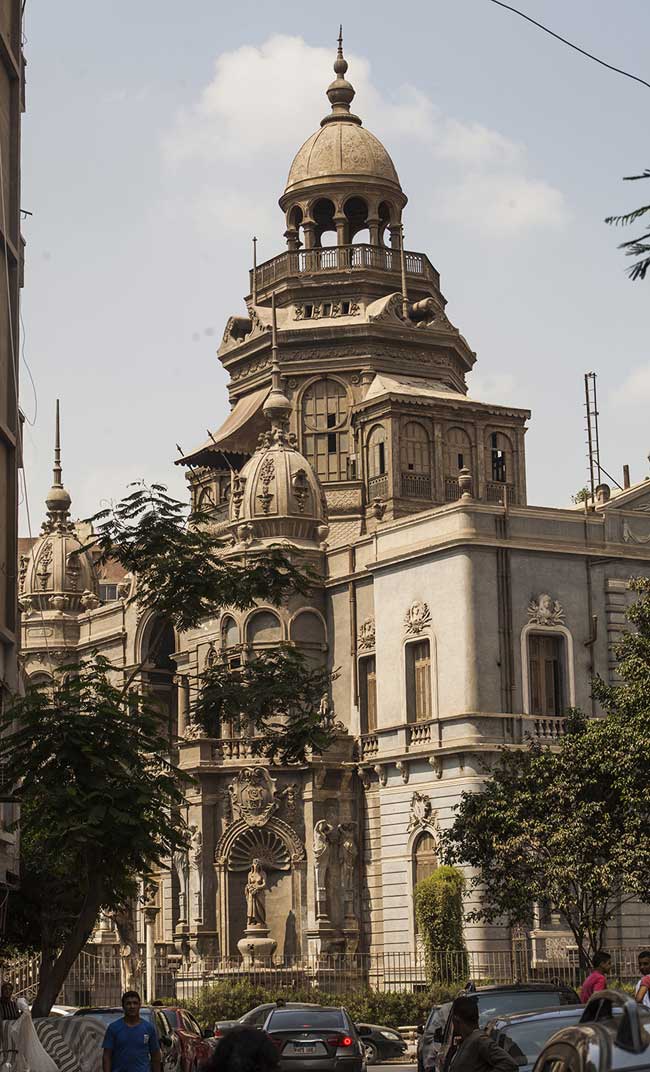
A cosmopolitan district
“The rent here was much cheaper than Nasr City because this is a much cheaper neighbourhood,” Hussein Han said in September 2019. At that time, his restaurant was so popular not only among Chinese and other Asians living in the eastern part of Cairo but also among Egyptians.
Aziz, a lawyer, said that though Al-Sakakini never matched the upscale neighbourhoods of Zamalek and Garden City, “it was a fine and elegant district.”
Speaking in 2020, when he was in his late 80s, Aziz seemed to remember incidents from his first days in Al-Sakakini, back in the 1940s, as if they happened quite recently.
He had just arrived from his town in the Delta to join the faculty of law in Cairo. With only an adequate monthly allowance from his father, Aziz decided to invest more in rent and less in food.
“This was a nice district. I fell in love with it ever since my relative first invited me to lunch at a restaurant that he frequented once in a while. I still remember the name of the restaurant, “Kababgi Al-Sabahi”, Aziz recalled.
Aziz remained in Al-Sakakini until he left for Heliopolis after he got married in 1960. He still retained vivid memories of the elegant apartment doors, the impressive stairways of the apartment buildings, the beautiful trees, the lovely balconies and the eclectic residential profile that brought together Armenians, Syrians, Jews and some Italians.
“Though the district still retained its lustre when I left it for Heliopolis in 1960, it had already started to change. It was no longer the elegant district that surrounded the palace back in the 1940s when I first inhabited it” he said.
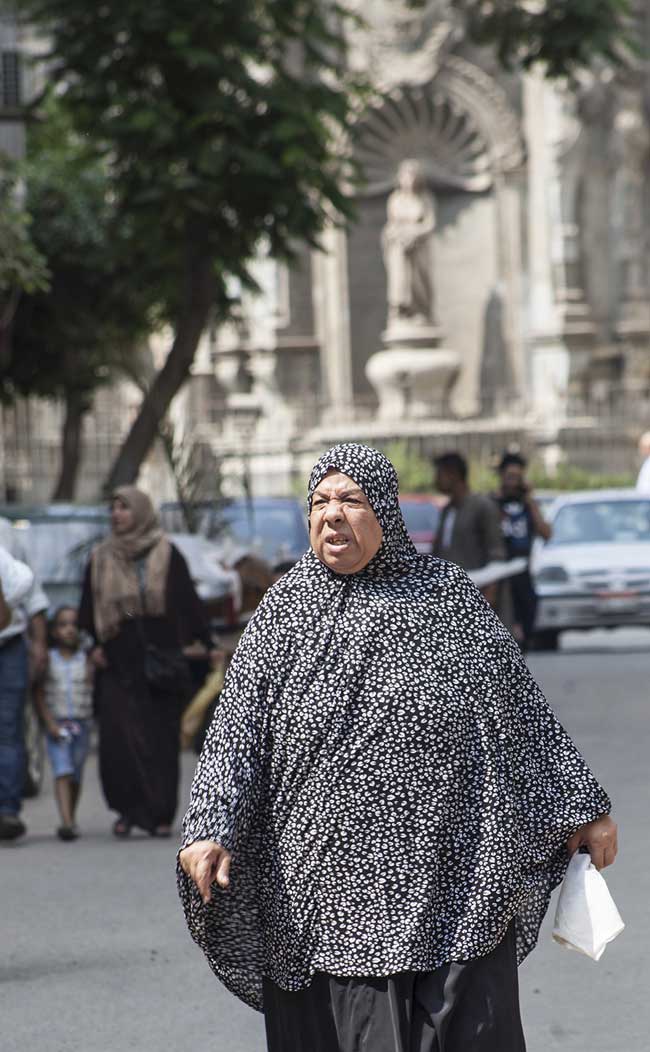
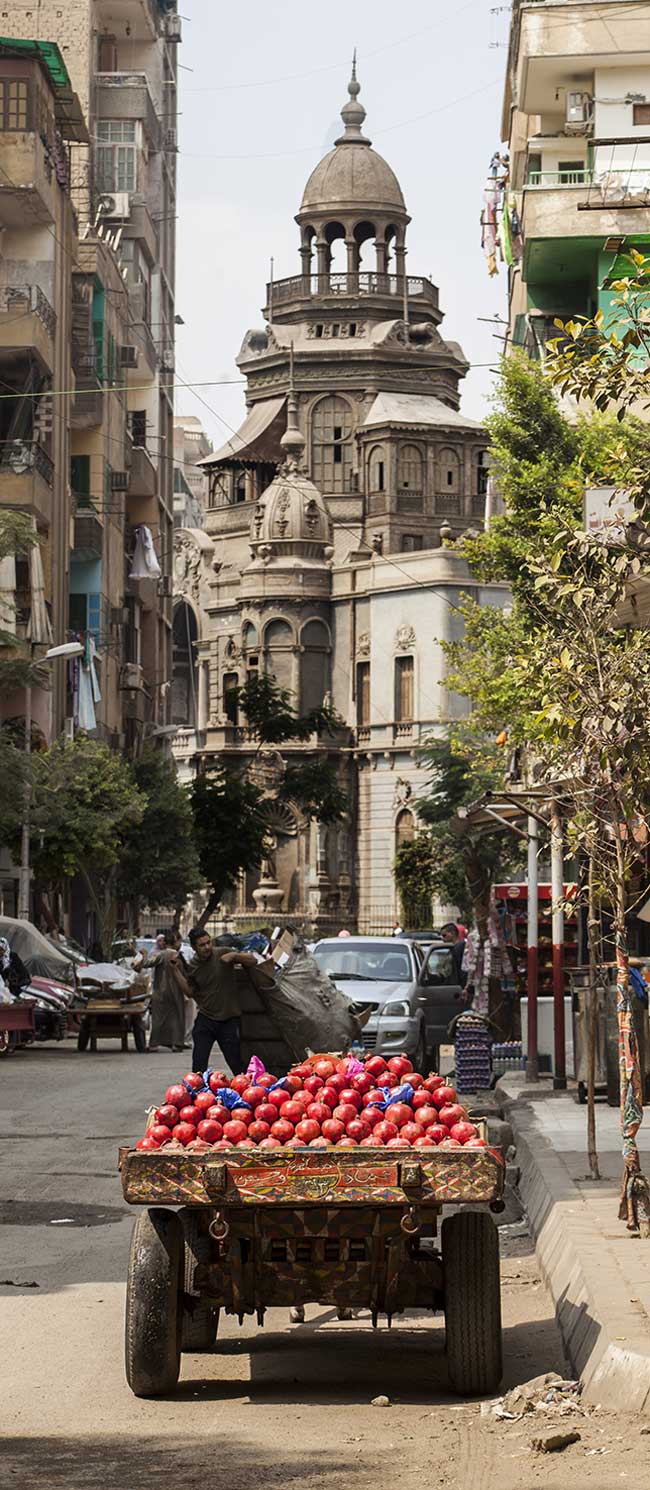
In Naguib Mahfouz world
In his novel “Khan Al-Khalili”, Naguib Mahfouz tells the story of a middle-class family which the second world war and the German raids had compelled to leave “the elegant” Al-Sakakini district for the older district of Khan Al-Khalili. The novel was first printed a few years after the end of the war.
Transformation
According to Aziz, Al-Sakakini’s disintegration began in the late 1960s when new types of people began to populate it after many of its original residents left for newer neighbourhoods, especially Heliopolis.
He said that the big blow came in the late 1970s when the old beautiful buildings began to be demolished and higher apartment buildings, which lacked all taste, began to be erected in their stead.
In 1977, nostalgia moved Aziz to visit his favourite restaurant where he found that though the restaurant still offered the same menu, the quality of food had significantly decreased.
When he revisited the district in 2015 to convey his condolences to the wife of a friend from his Al-Sakakini years, he saw that the area had sunk so low and that everything there “seemed to have turned grey”.
Medhat Ghabriel, a Canada-based civil engineer who was born in Cairo in the late 1940s, said that he had heard stories of the elegance of Al-Sakakini from his parents who lived there in an apartment building only a few minutes walk from Al-Sakakini Palace.
Ghabriel’s family album still has some photos of his late mother posing for pictures with women friends on the balcony of their house.
For Ghabriel, the degeneration of several neighbourhoods in Cairo resulted from the radical changes that the country underwent in the late 1960s, but especially in the 1970s.

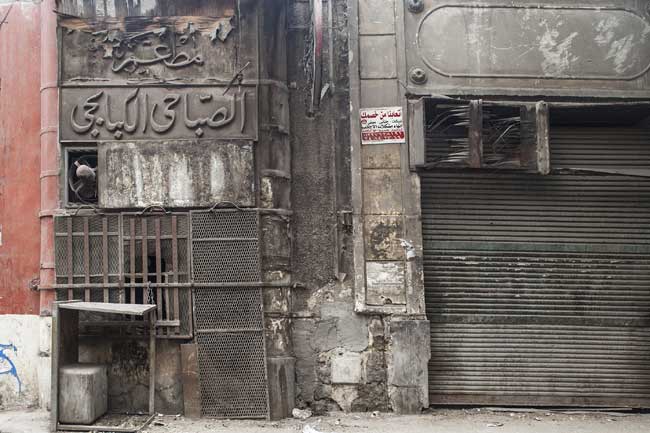
Urban Sketchers
Ameer Abdel-Rahman, a passionate architect in his 30s, started a project to pay tribute to the remaining signs of the "old beauty of older neighbourhoods of the city”.
In 2015, Abdel-Rahman and a group of 15 other architects, interior designers and artists initiated a project, under the title of “Cairo Urban Sketchers (CUB)", to document the ageing beauty of the city.
The CUB team was mainly interested in neighbourhoods and districts that did not receive much attention, including Al-Sakakini.
After establishing a Facebook page, more men and women, especially university students, became interested in CUB. As a result, Abdel-Rahman began to organize drawing and photography walks across the city to capture images of buildings, cafes, streets and even window shops before they undergo irreversible changes.
'Always doable'
By 2018, the CUB walks had expanded significantly, with people sketching, taking pictures or simply just taking notes about what they see in a particular neighbourhood or district.
During a walk in the autumn of 2018, Salma, a student of English literature who had never been to Al-Sakakini before, said that she was “in awe over the inexplicable co-existence between architectural beauty and shocking chaos."
According to Abdel-Rahman, "There are always ways to mix conservation [of the old districts of Cairo] with modern urban planning and development. It is not always easy but it is always doable.”
He added that the CUB walks and sketching were the perfect apolitical lobbying for this cause. “A district like Al-Sakakini should not at all be doomed to continued urban and architectural degeneration,” he argued on a summer day in 2018.
However, by the end of 2020, Abdel-Rahman and the rest of the founding group of the team decided to suspend their walks and content themselves with the amount of sketching they had managed to do during their five years of work. El Sakakini bey died in 1923, and 100 years on, the whole district still lives under the spell of his charming palace.
Black and white Photos courtesy of Medhat Ghabriel
All Photos By Sherif Sonbol
Short link: